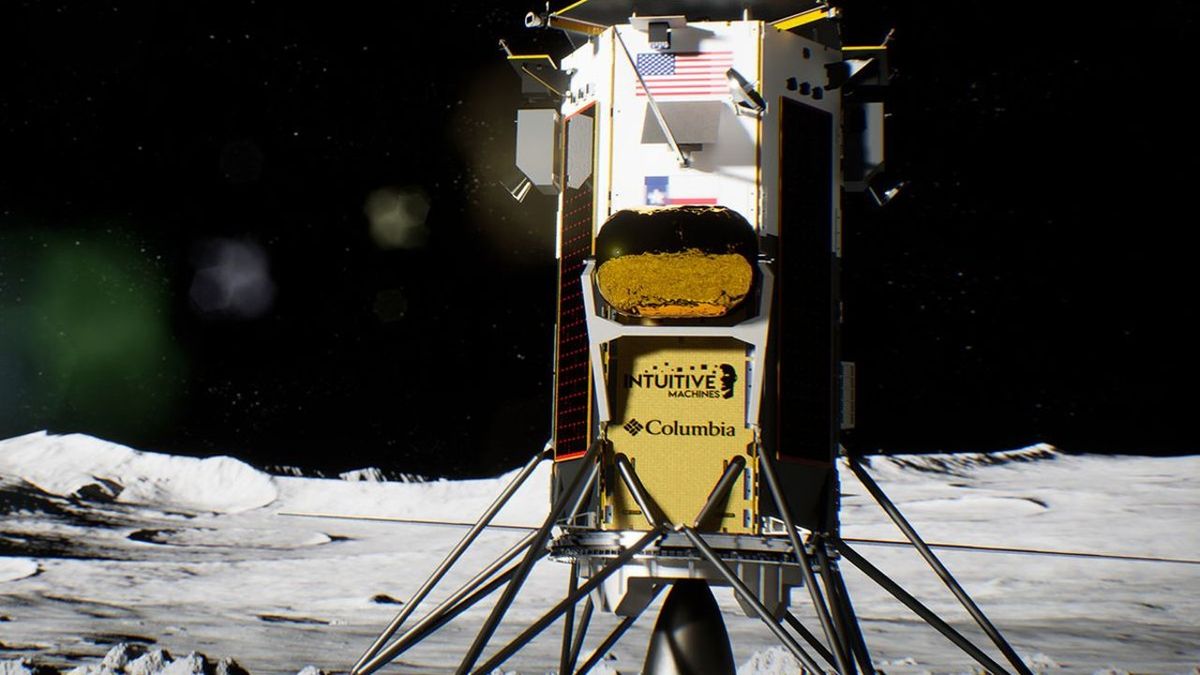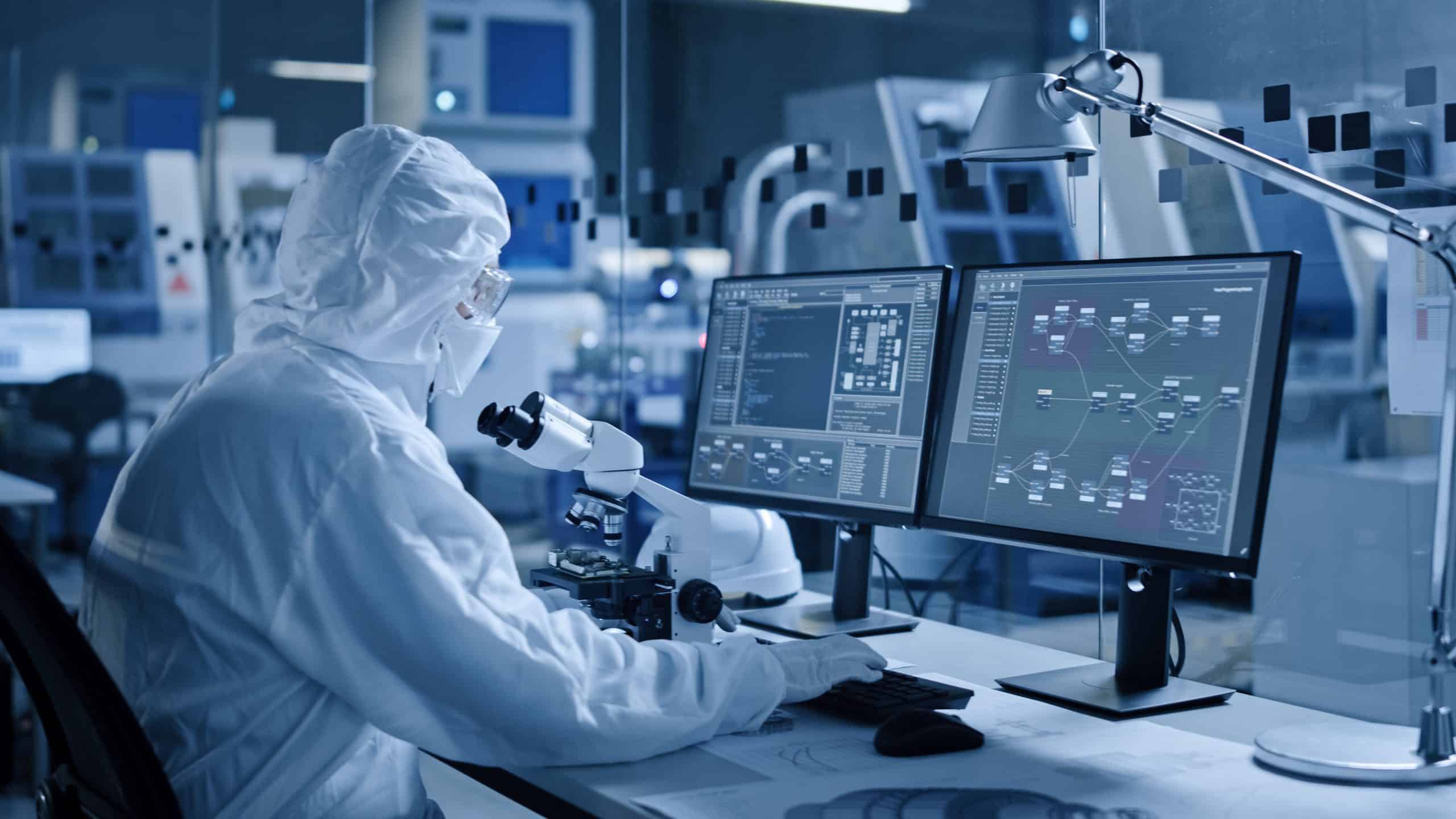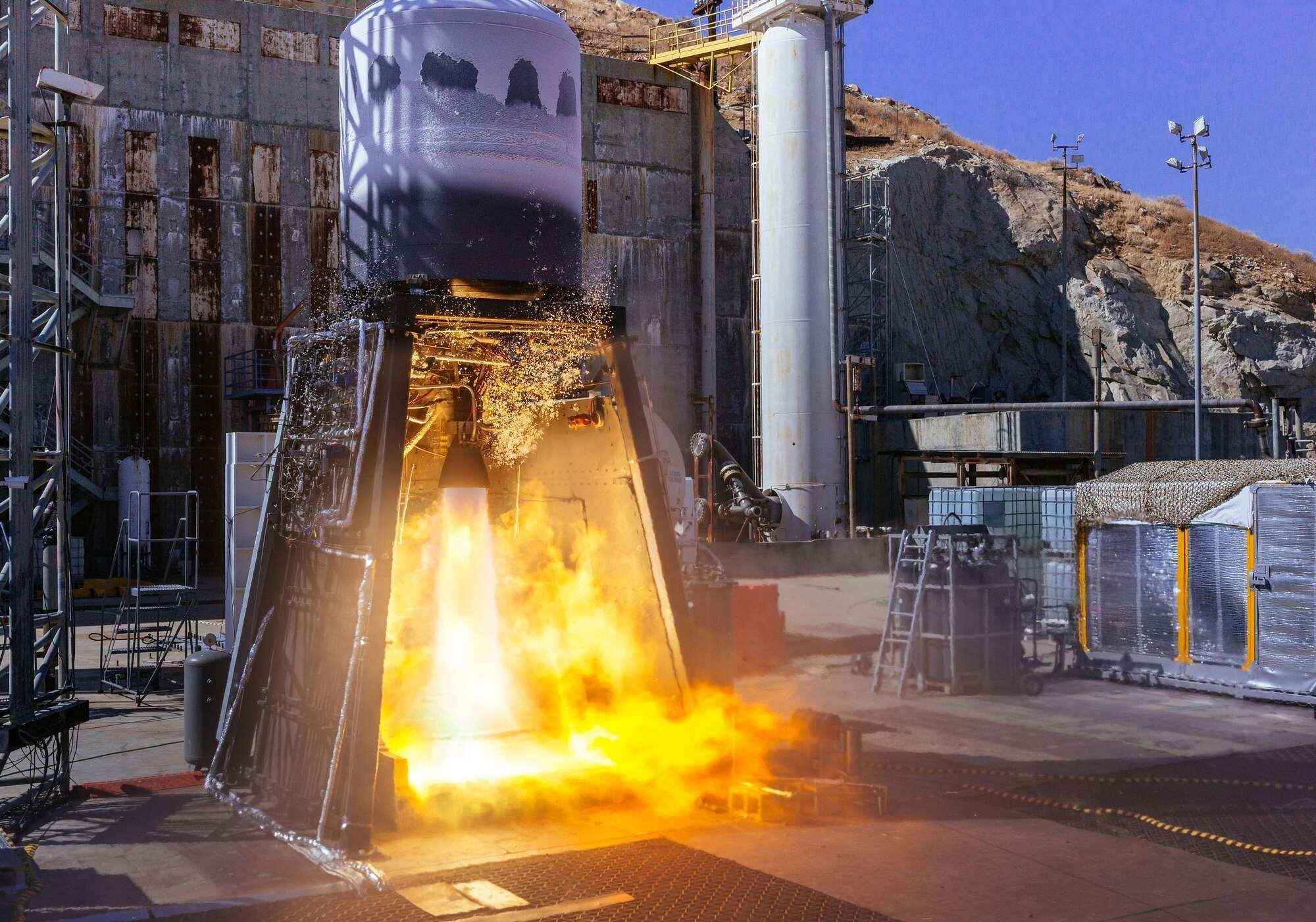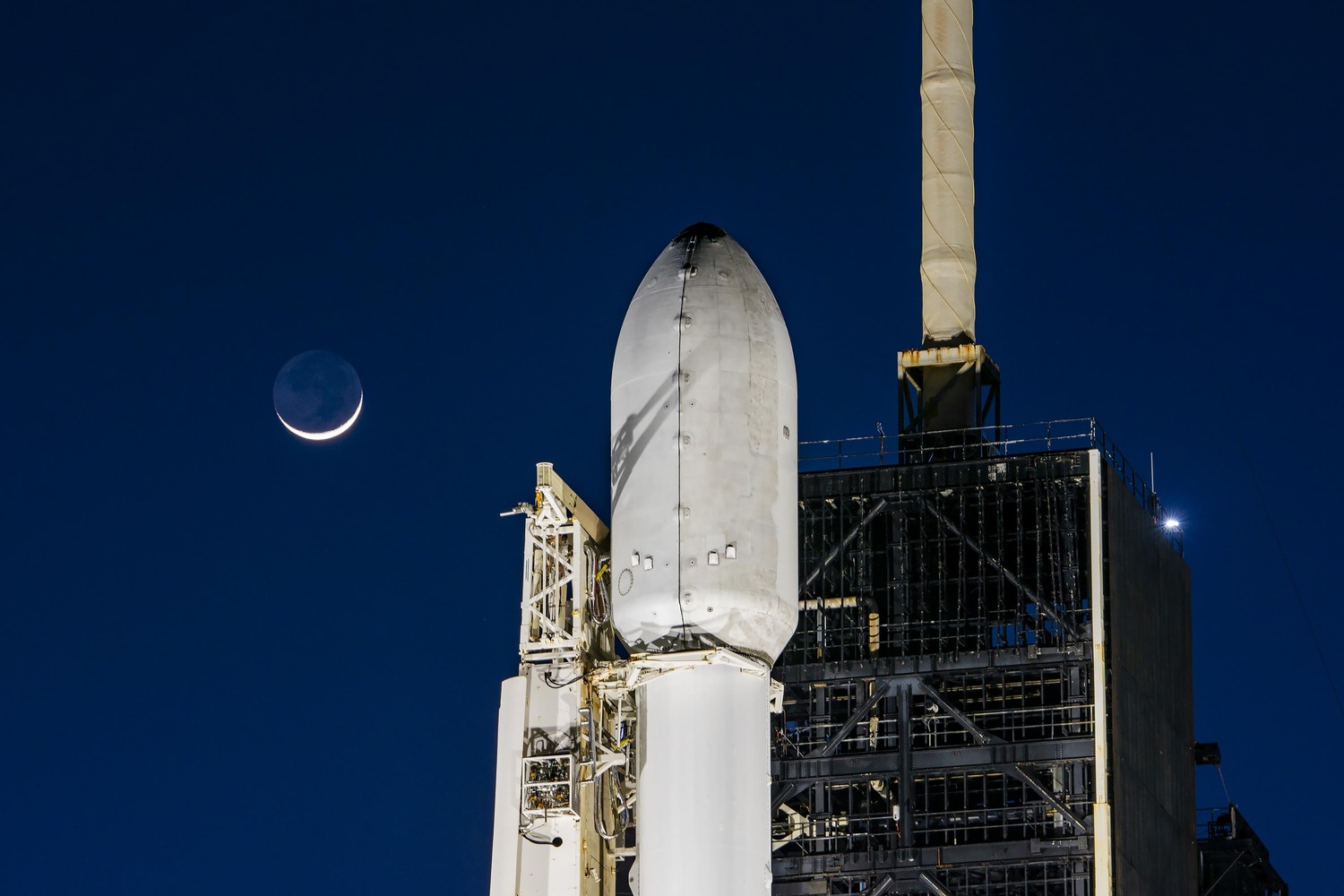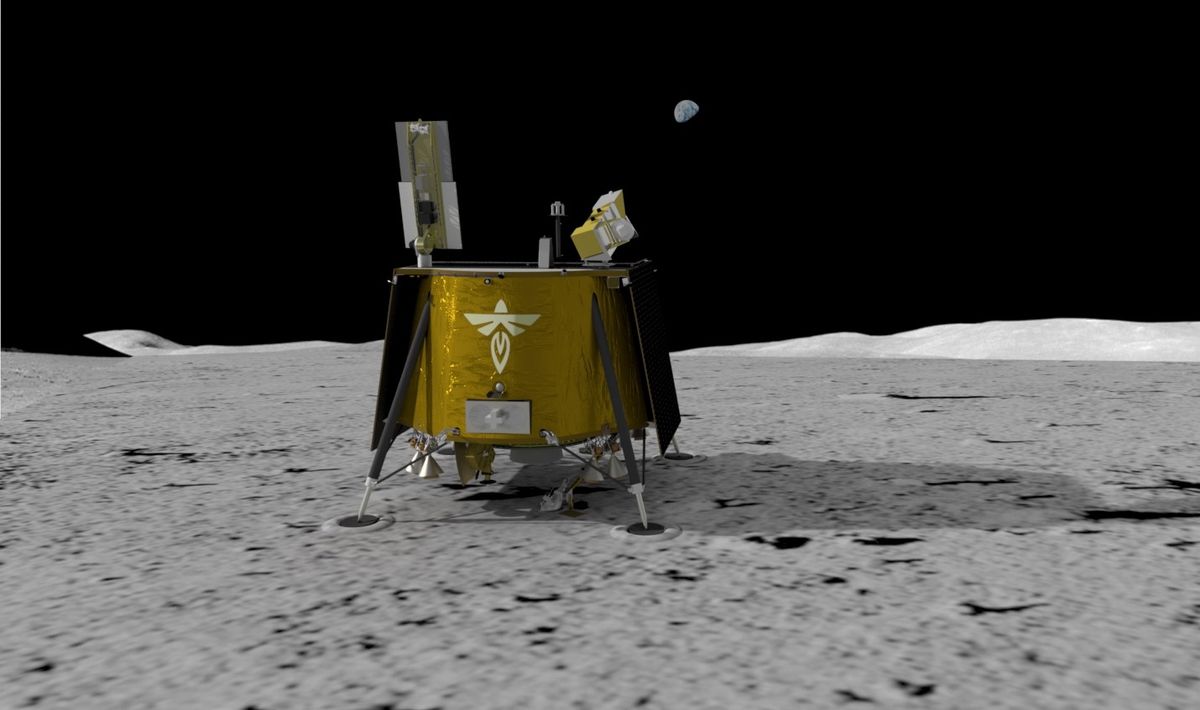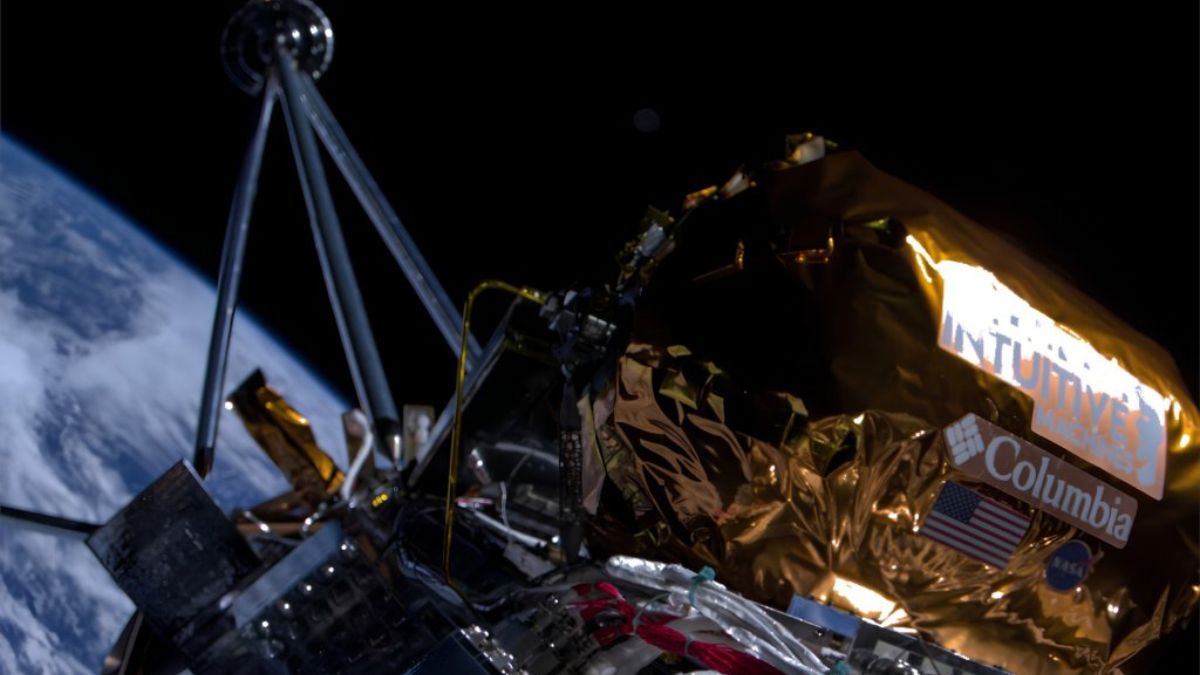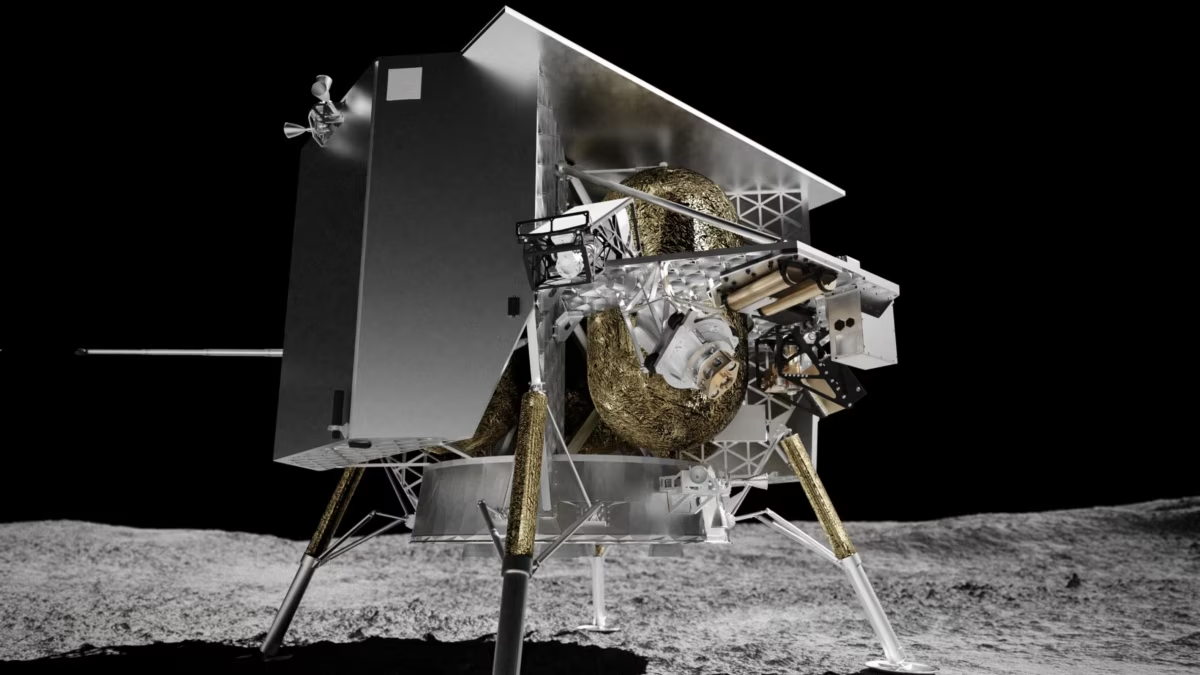Intuitive Machines’ first lunar lander, Odysseus, has made headlines by becoming the first American hardware to touch the lunar surface in nearly five decades. The spacecraft, which is also the first privately built vehicle to achieve this feat, has garnered attention for its groundbreaking propulsion system.
Key Takeaway
Intuitive Machines’ Odysseus lander, powered by a novel cryogenic propulsion system, marks a significant milestone in space exploration, paving the way for safer and more cost-effective missions to celestial bodies.
Revolutionary Propulsion System
The propulsion system utilized by Odysseus is a game-changer in the space industry. Unlike traditional spacecraft that rely on “space storable” or hypergolic propellants, Odysseus employs a combination of cryogenic liquid oxygen and liquid methane. These high-performance propellants, commonly used in advanced rocket engines such as SpaceX’s Raptor and Blue Origin’s BE-4, offer increased efficiency and reduced toxicity.
Challenges and Innovations
The use of cryogenic propellants presents unique challenges, as they require active cooling to extremely low temperatures. To overcome this, Intuitive Machines and SpaceX implemented unconventional fueling procedures, including loading the lander’s VR900 engine just three hours before lift-off. This atypical approach necessitated modifications to the launch pad and the Falcon 9 rocket, showcasing the innovative capabilities required to support this pioneering technology.
Implications for Future Missions
The successful deployment of Odysseus has far-reaching implications for future space missions. The use of cryogenic propellants enabled a more direct trajectory to the moon, reducing the spacecraft’s exposure to radiation. Additionally, the upcoming Nova-D spacecraft, equipped with similar propulsion technology, is poised to deliver substantial payloads to the lunar surface, further demonstrating the potential of cryogenic propulsion in space exploration.
Industry Impact
Intuitive Machines’ breakthrough has sparked interest in cryogenic propulsion among other space companies. Impulse Space’s kick stage, Helios, is set to leverage cryogens for efficient payload delivery to geostationary orbit, highlighting the growing appeal of this innovative approach. Furthermore, NASA’s Artemis missions, which rely on spacecraft utilizing cryogenic propellants, stand to benefit from the advancements pioneered by Odysseus, underscoring the broader impact of this technological leap.
As the space industry continues to embrace cryogenic propulsion, the legacy of Intuitive Machines’ Odysseus lander will endure as a pivotal milestone in the ongoing quest to unlock the potential of space exploration.







